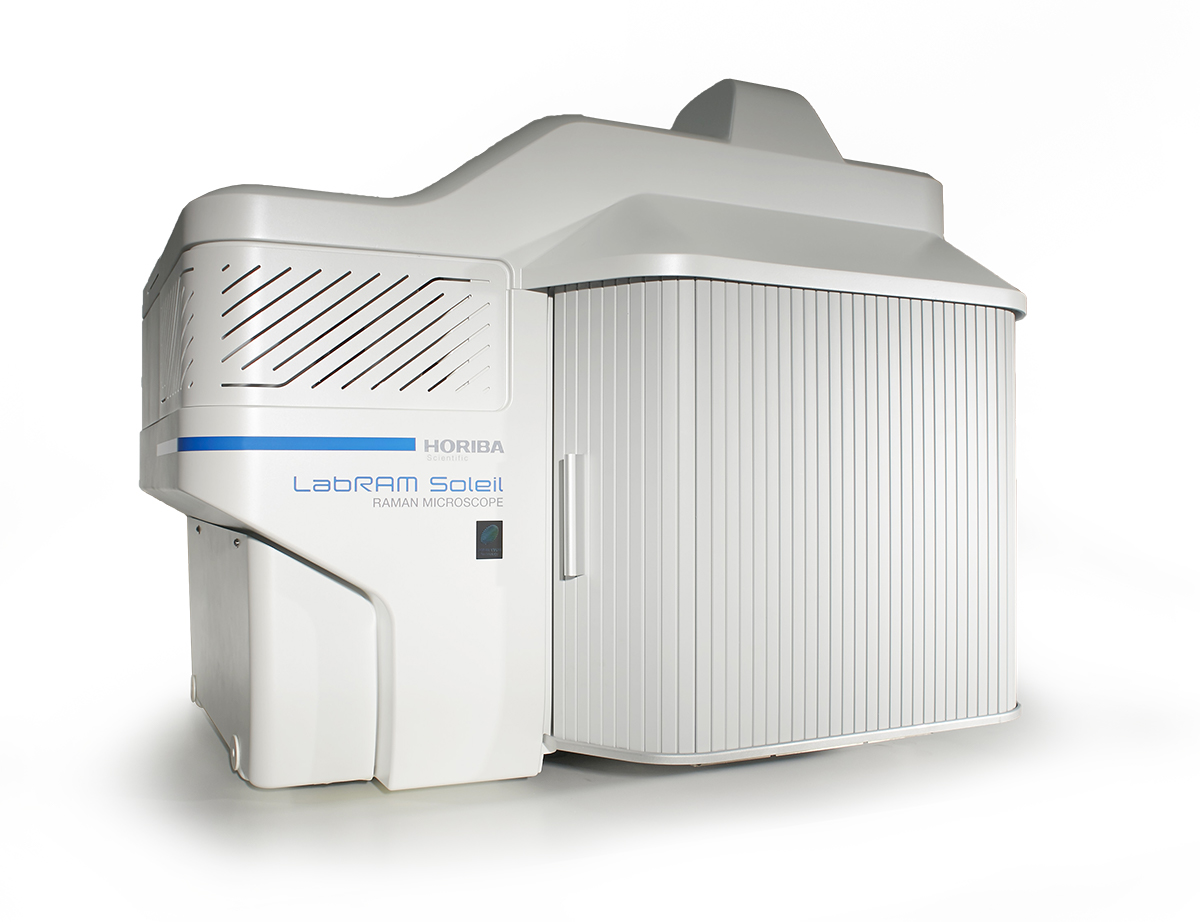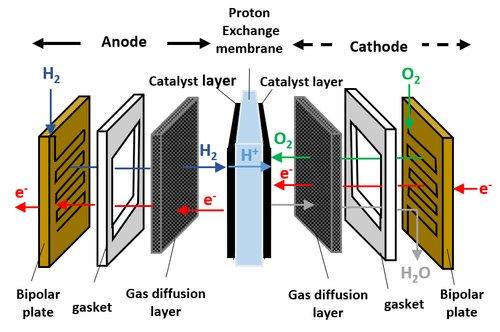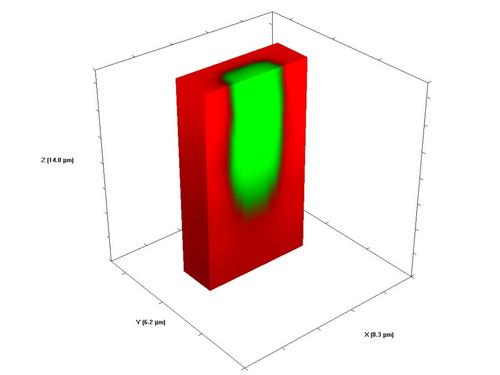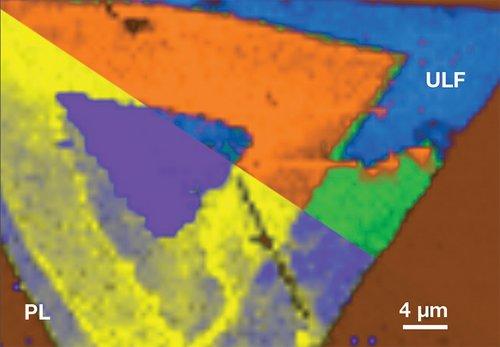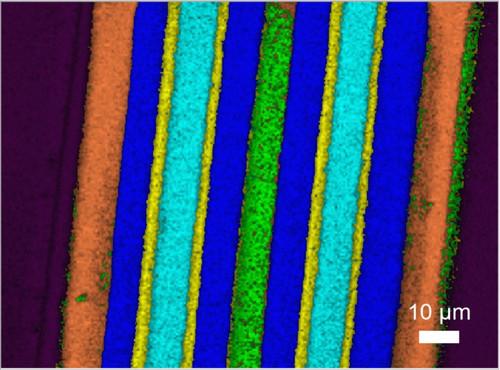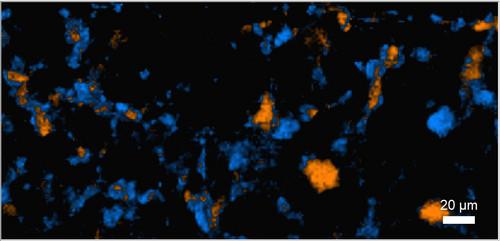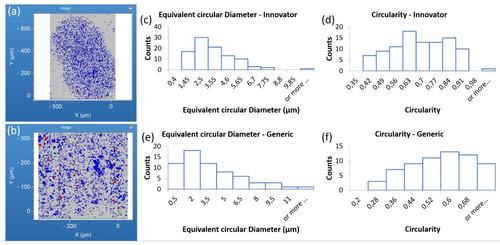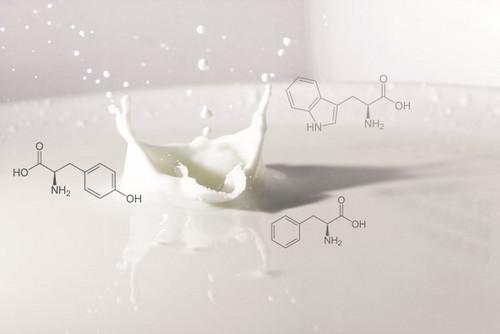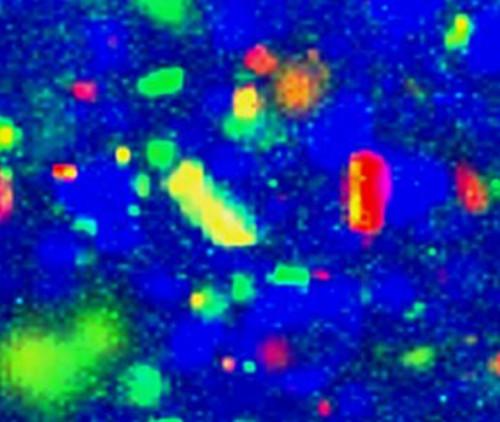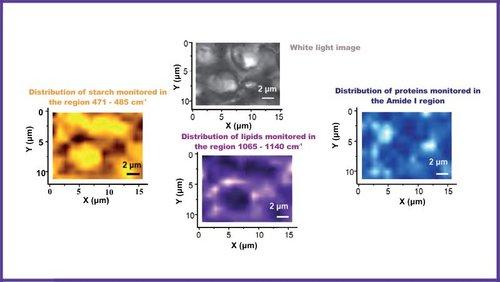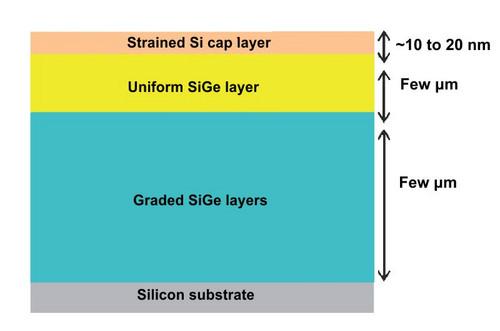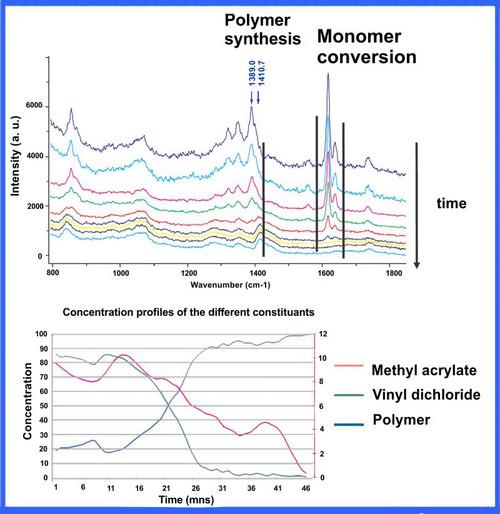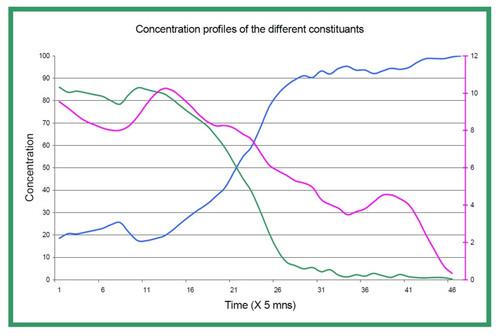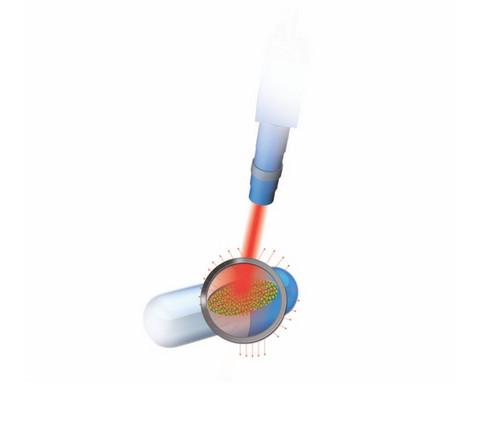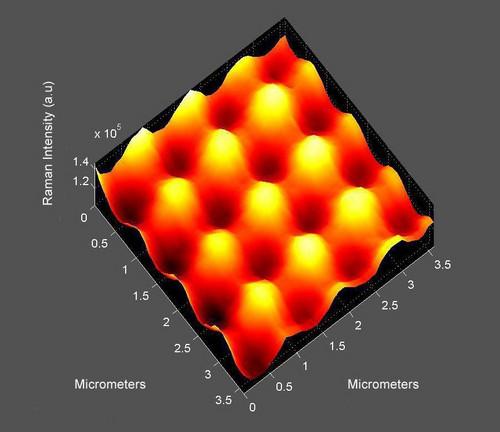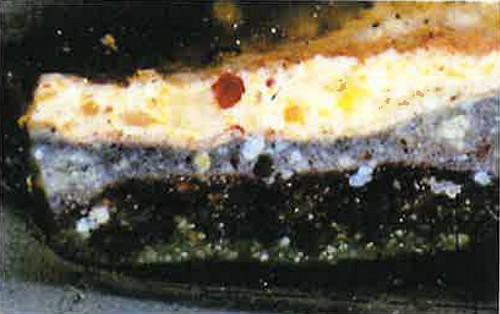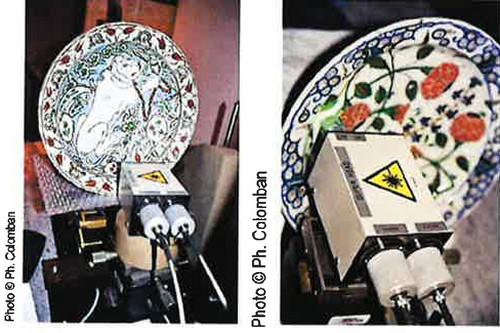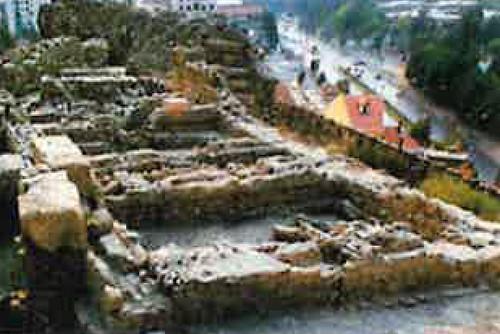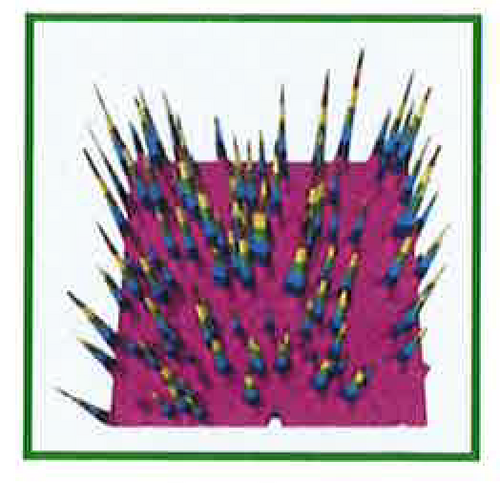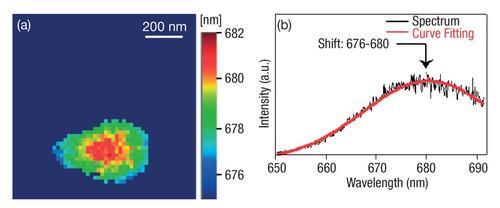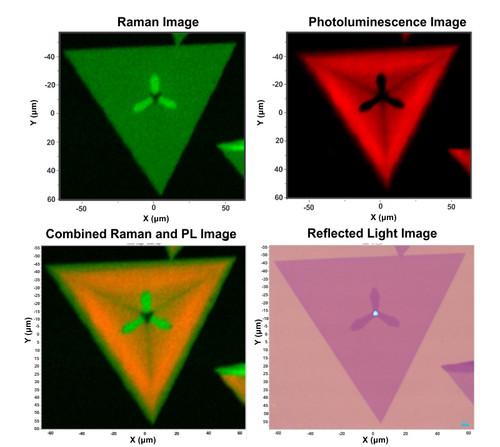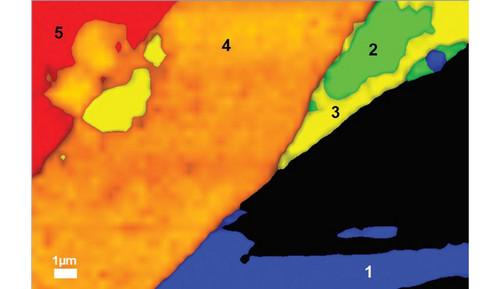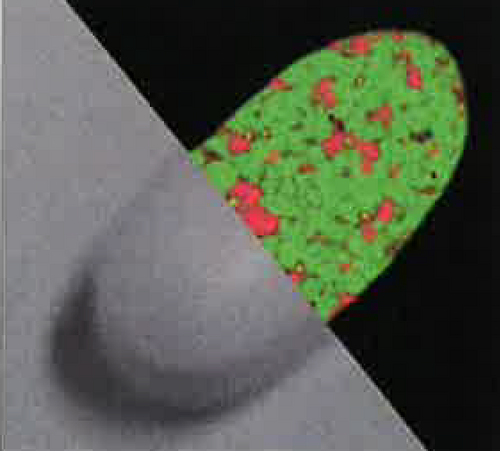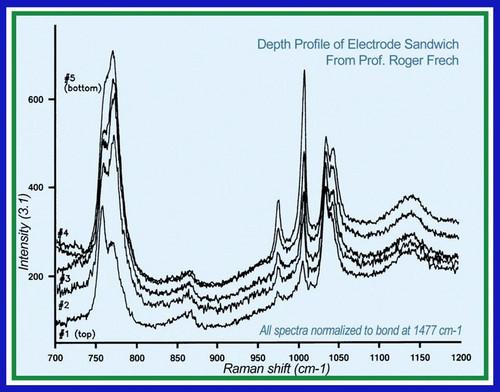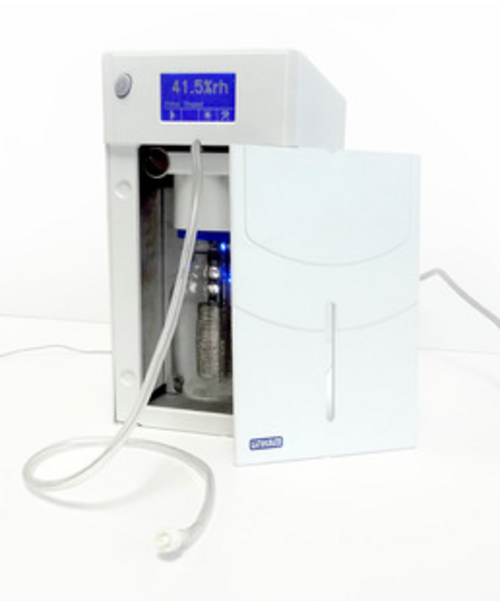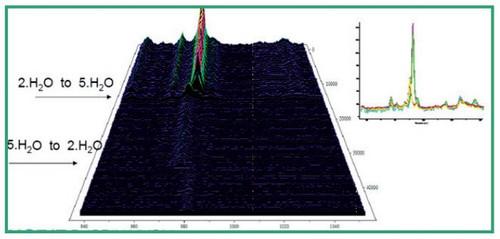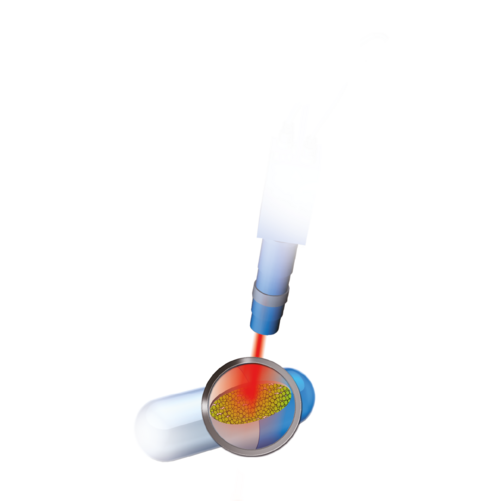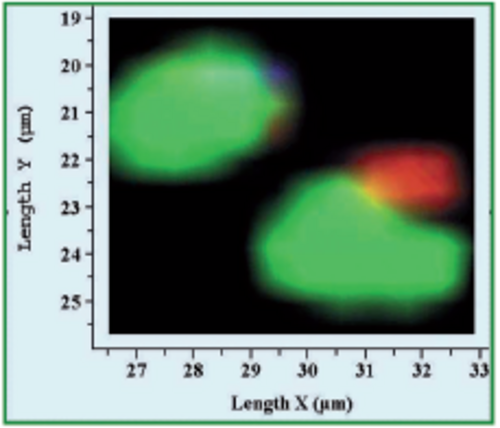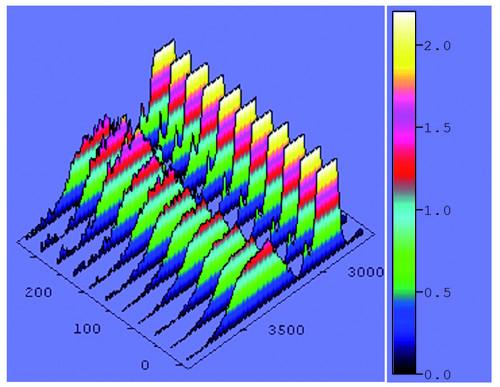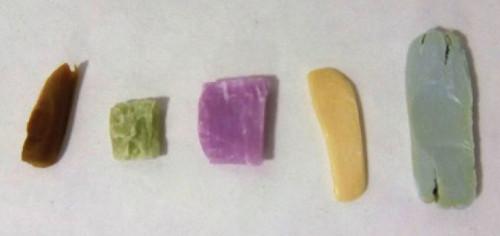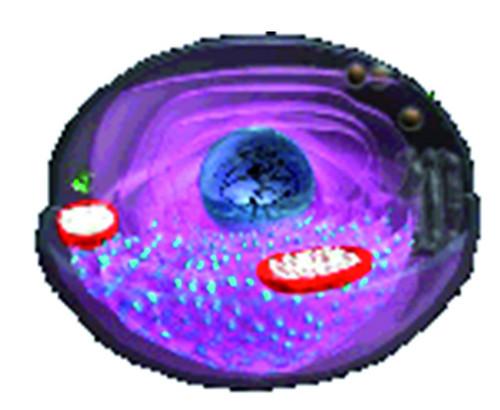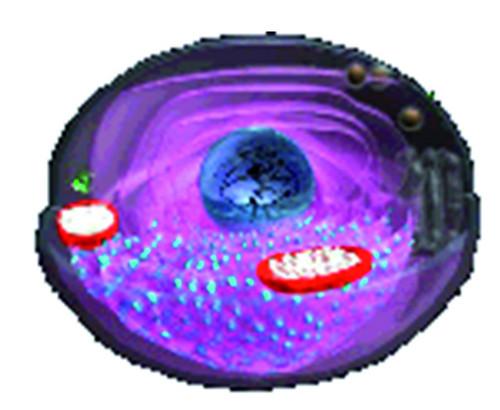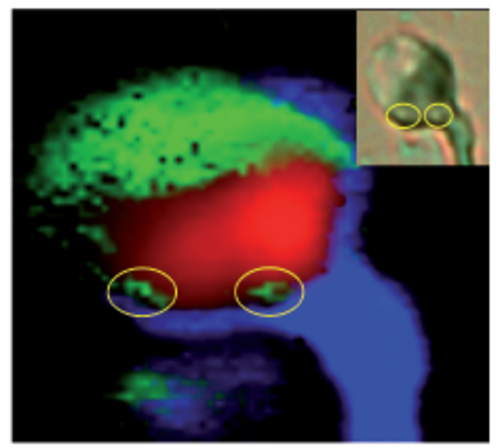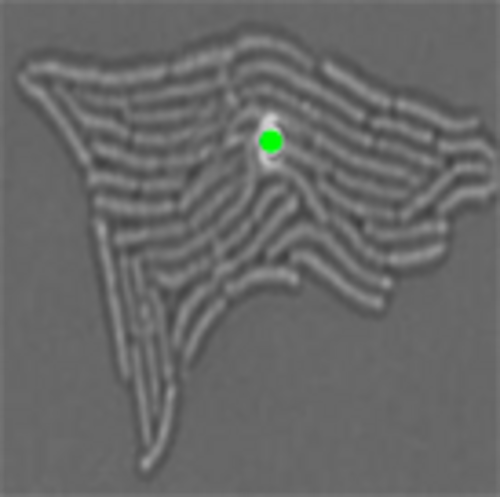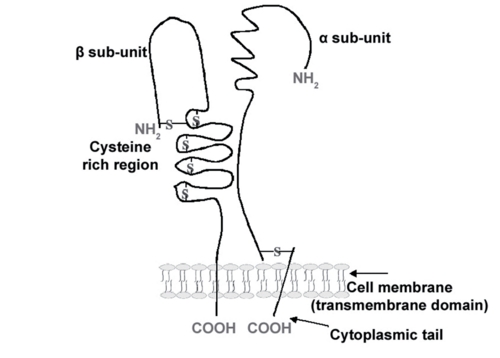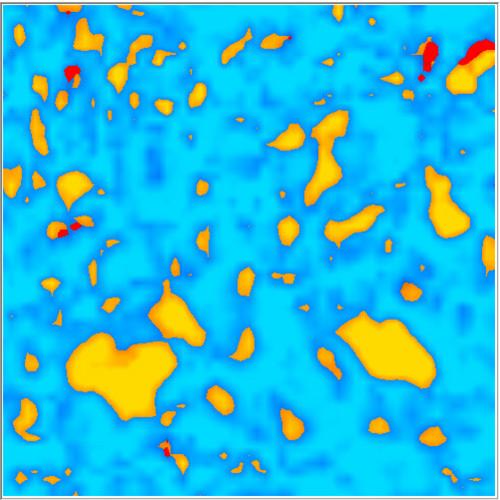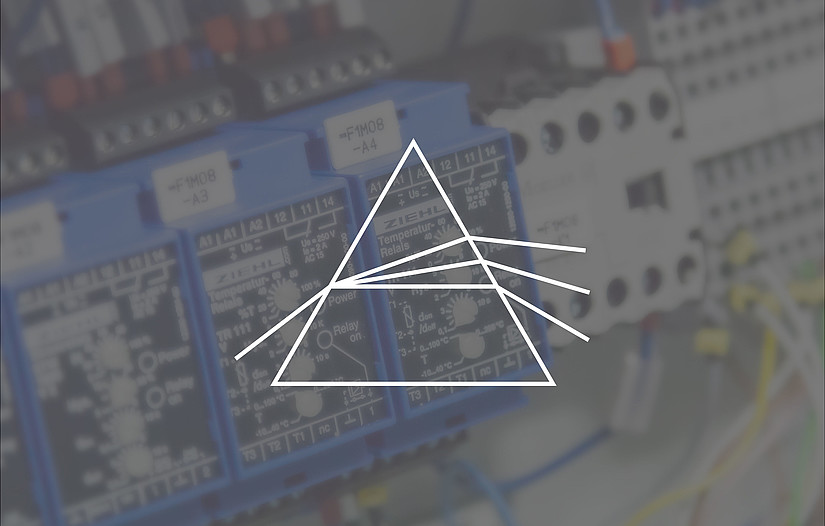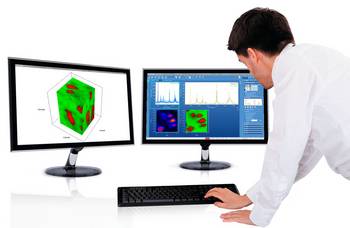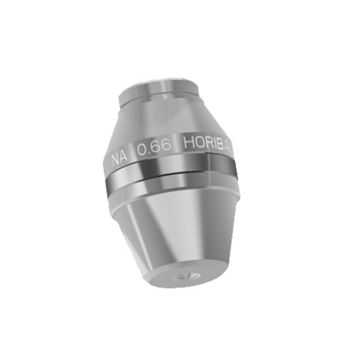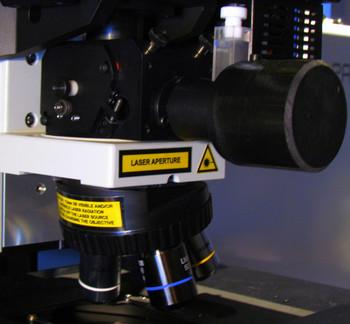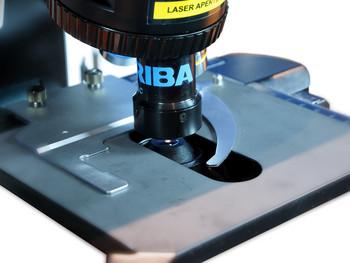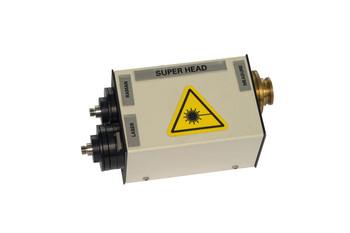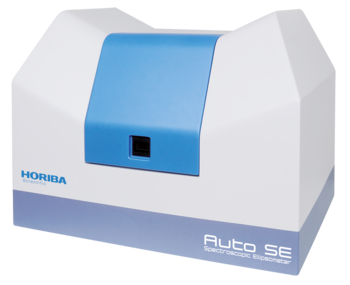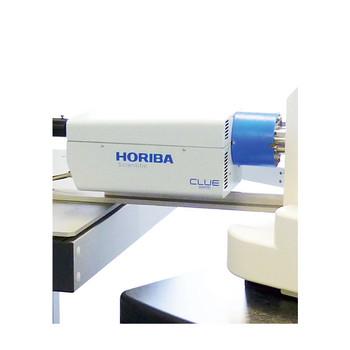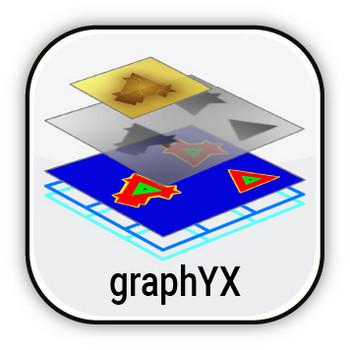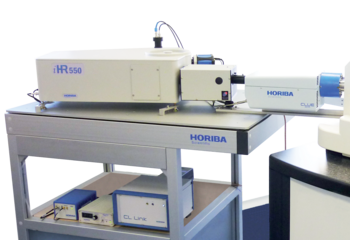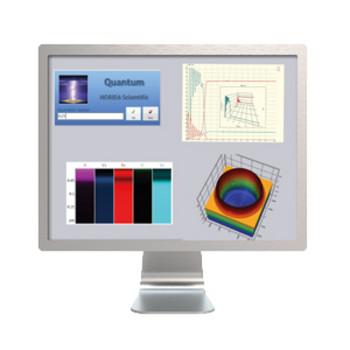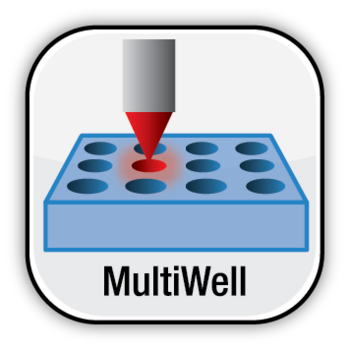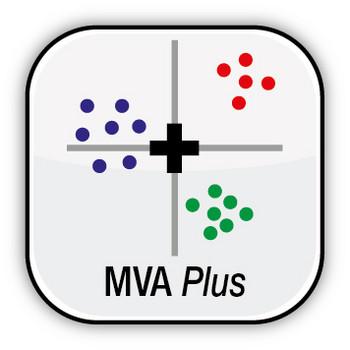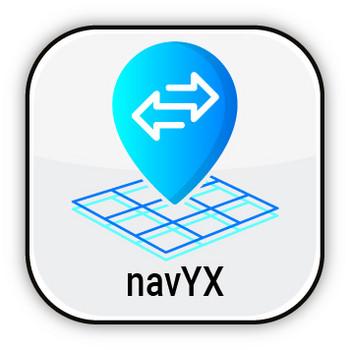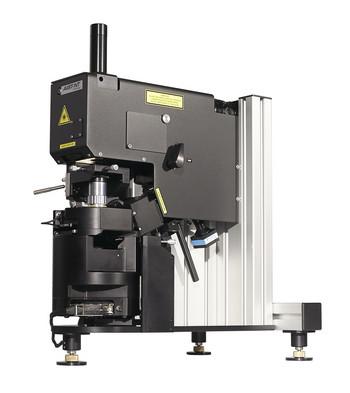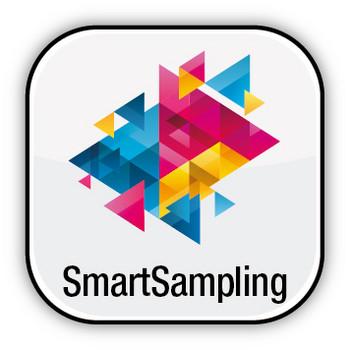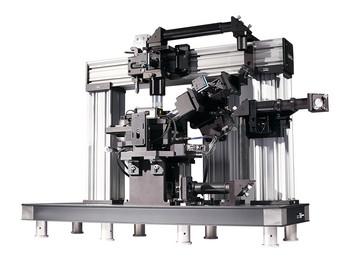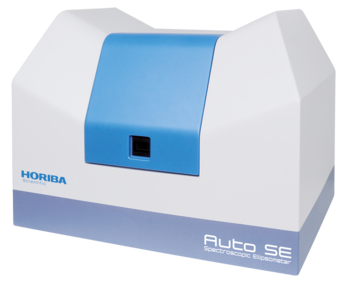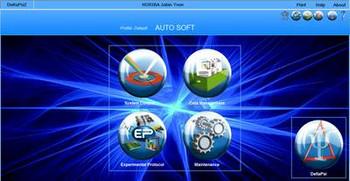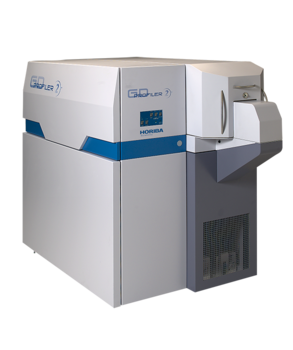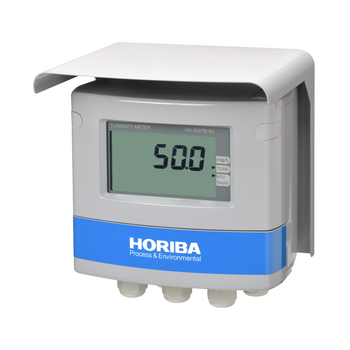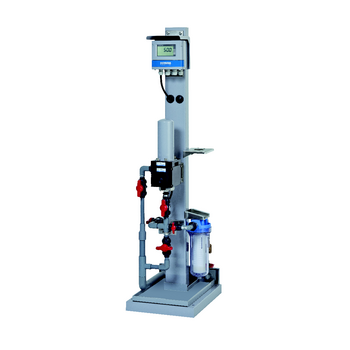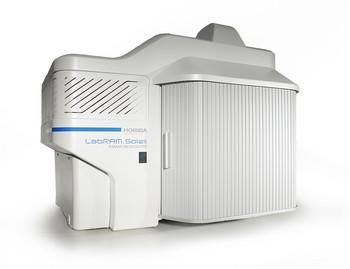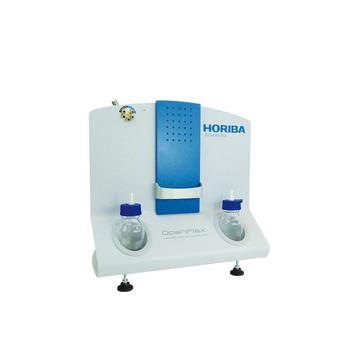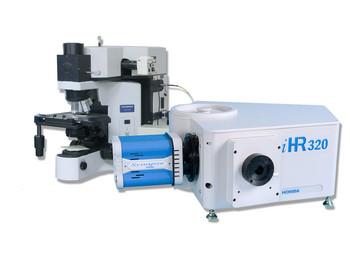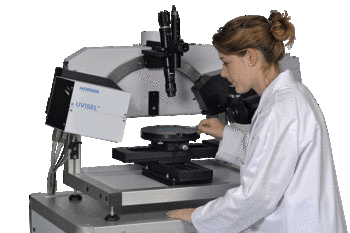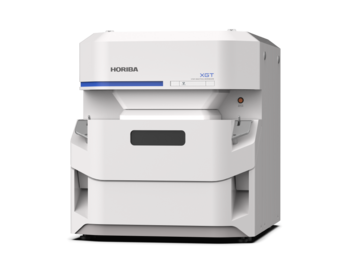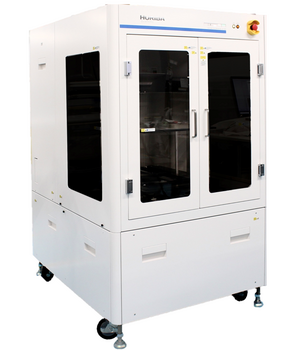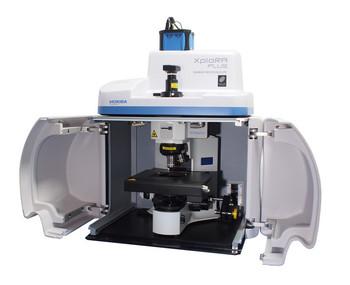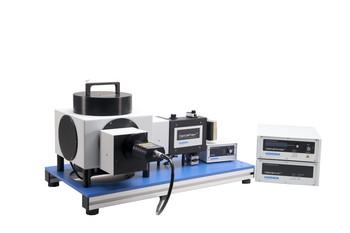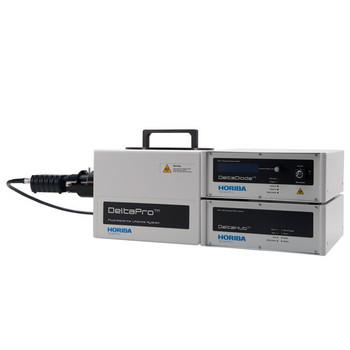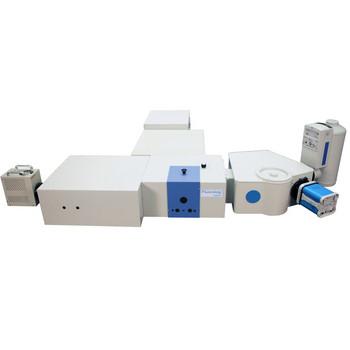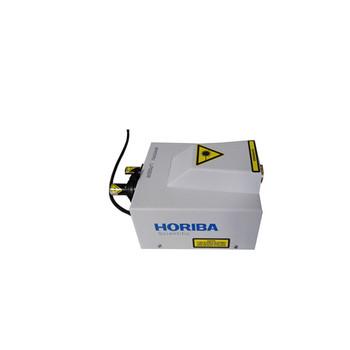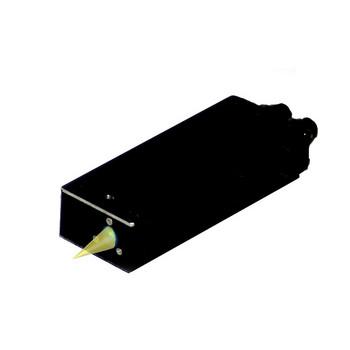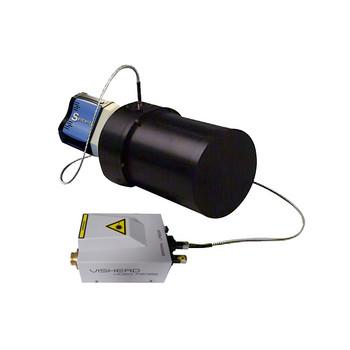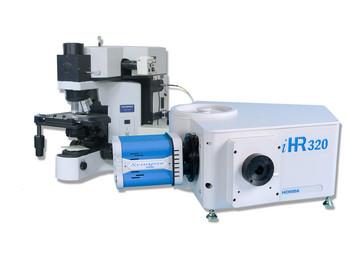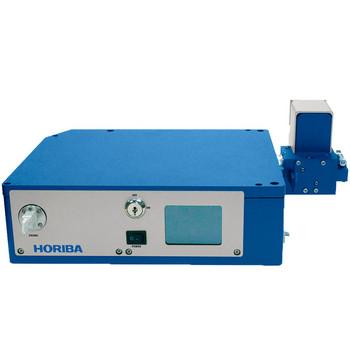
| Gamme de longueurs d'onde | UV-VIS-NIR | Système à miroir achromatique à haut rendement optimisé pour les longueurs d'onde de 300 nm à 1 600 nm, sans changement d'optique. |
| Longueurs d'onde laser standard | 325, 405, 473, 532, 638, 785 nm | Lasers standard pour la spectroscopie Raman et la photoluminescence (PL). Autres longueurs d'onde sur demande. |
| Vitesse de balayage du spectromètre | Jusqu'à 400 nm/s | Le réseau de 600 t/mm monté sur une tourelle 4 réseaux standard Turbodrive permet d'acquérir rapidement des cartographies spectrales Raman et de photoluminescence (PL). |
| Nombre de réseaux | Illimité | Tourelle 4 réseaux motorisée interchangeable. |
| Imagerie rapide | < 1 ms/spectre | SWIFT, SWIFT XS EMCCD, SWIFT Repetitive, SWIFT eXtended Range et SmartSampling pour l'imagerie ultrarapide. |
| Tranchage confocal 3D avec illumination par nappe de lumière laser | QScan (breveté) | Nappes de lumière laser standard de 2 μm d'épaisseur et de 100 x 100 μm2 pour l'imagerie confocale 2D/3D appliquée à de grandes surfaces. |
| Coupure à nombre d'onde standard | 30 cm-1 | Avec filtres de bord pour les longueurs d'onde de 532, 638 et 785 nm, injection rejection, transmission > 99 %. |
| Procédure d'alignement automatique laser | 15 s | Alignement automatique laser ultrarapide indépendant de l'échantillon en option pour la maintenance à distance. |
| Lasers | Jusqu'à 4 lasers à l'état solide + 1 laser externe | Longueurs d'onde disponibles du NUV au NIR. |
| Modalités spectroscopiques motorisées | Jusqu'à 6 filtres laser | Raman, photoluminescence, très basse fréquence… |
| Orientation du filtre Rayleigh | Filtre individuel contrôlé par ordinateur | Angle prédéfini en usine et réglable par l'utilisateur pour l'adaptation à la réflectivité de l'échantillon. |
| Couplage AFM / SEM | Oui | Sortie horizontale intégrée pour le couplage direct à un microscope à force atomique, entrée fibre en option pour le couplage à un SEM avec RCLUE. |
| Plage de température de fonctionnement | 18-28 °C | Sans condensation |
| Dimensions (l x P x H en mm) Poids (kg) | < 900 x 800 x 810 | ~ 1 mètre cube (lasers, boîtier CDRH, électronique et module de refroidissement compris) pour un encombrement minimal dans votre laboratoire |
| Puissance | < 600 W pour une configuration complète | Conception sûre et respectueuse de l'environnement avec boîtier intégré de classe 1, électronique et refroidissement de faible puissance, 1 câble d'alimentation de type EU/US |
